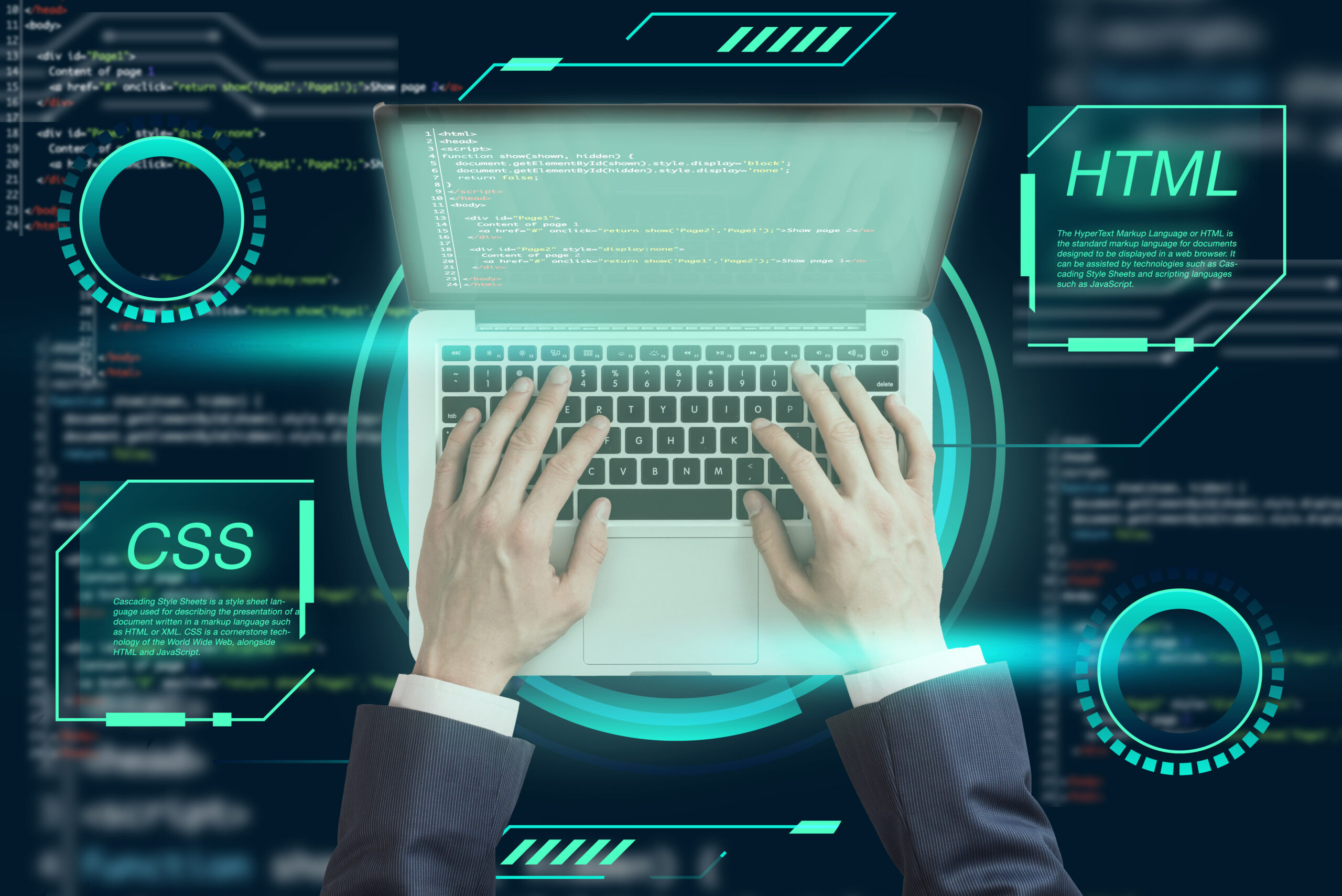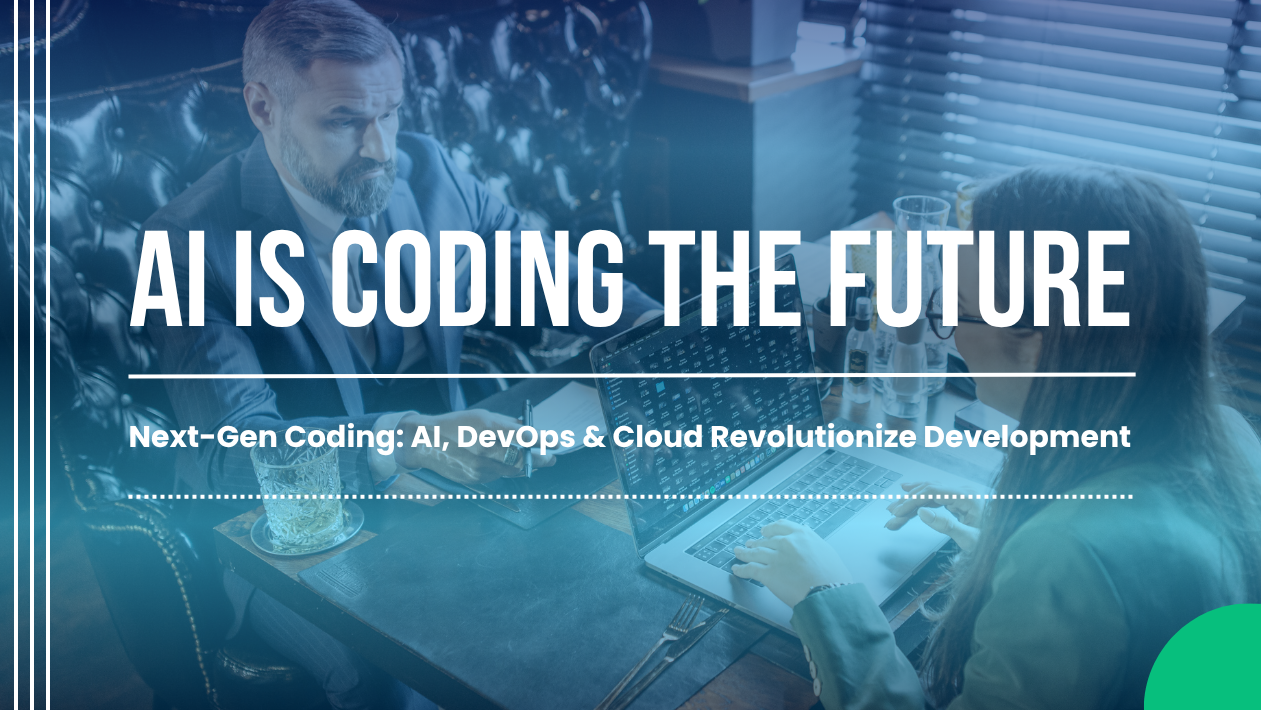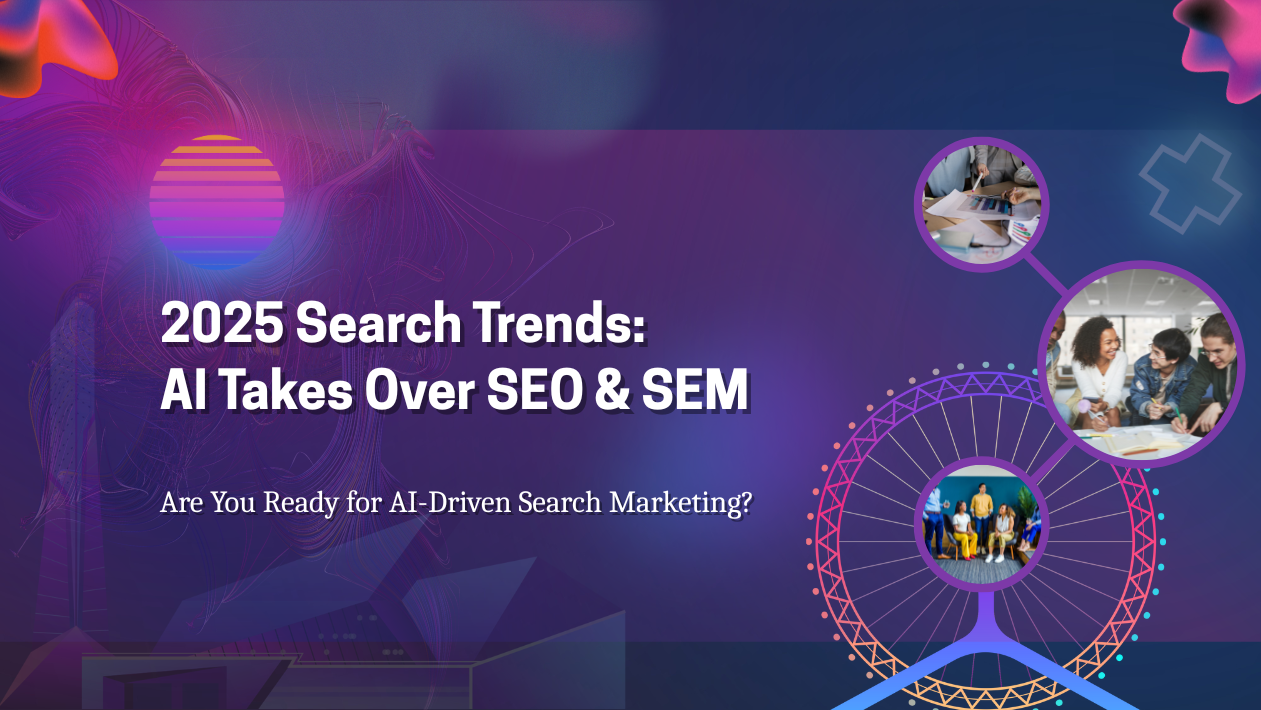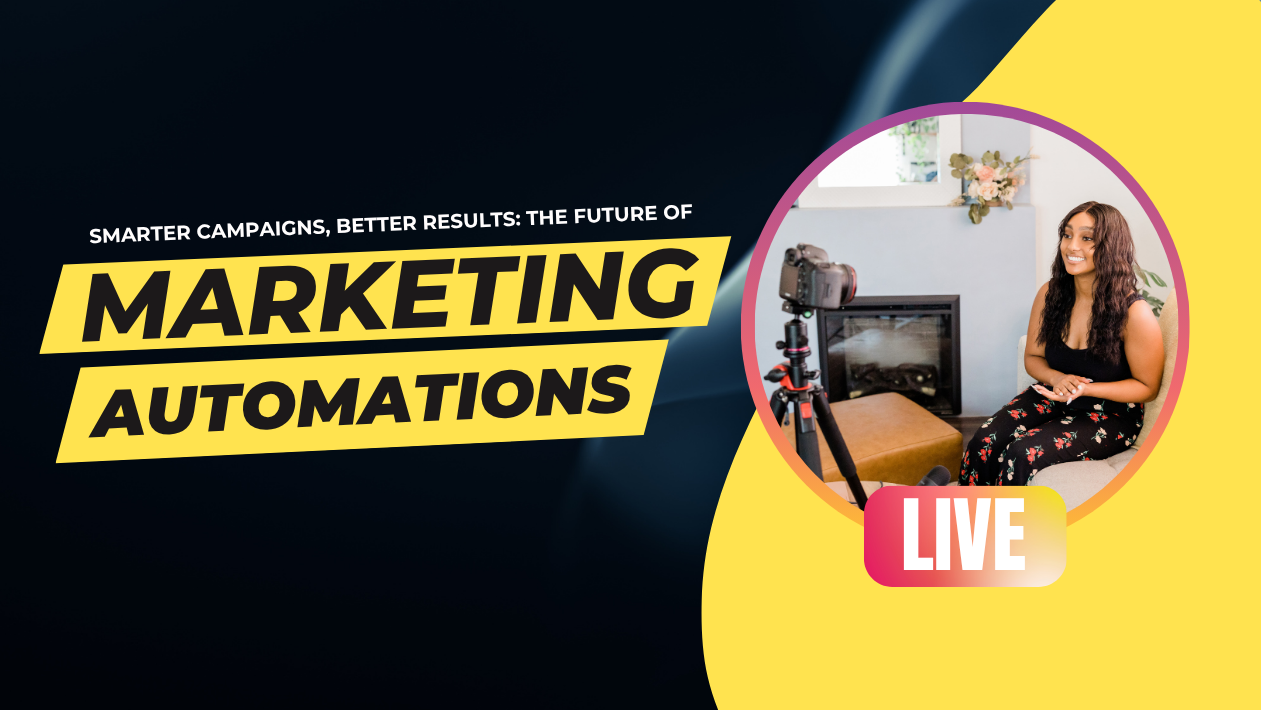The software development landscape in 2025 is undergoing a dramatic transformation. Fueled by advances in AI-assisted coding, the rise of low-code/no-code platforms, and the widespread adoption of DevSecOps, developers and organizations are building applications faster, smarter, and more securely than ever before.
AI-Powered Development Becomes the Norm
AI tools like GitHub Copilot X, Amazon CodeWhisperer, and Tabnine are now deeply integrated into development workflows. These tools help developers generate boilerplate code, detect bugs in real time, and even suggest architectural decisions—dramatically reducing time-to-market.
According to IDC, over 65% of development teams now use some form of AI co-coding tools, accelerating delivery cycles without compromising quality.
Low-Code and No-Code Go Enterprise-Scale
Enterprises are increasingly adopting low-code platforms such as OutSystems, Mendix, and Microsoft Power Apps to enable faster application deployment by non-technical users. These platforms are empowering business teams to build internal tools, customer portals, and process automation apps with minimal IT intervention.
This shift not only speeds up innovation but also reduces development backlog and allows IT teams to focus on mission-critical projects.
DevSecOps Ensures Built-In Security
Security is no longer an afterthought. With the growing threat landscape, DevSecOps—the integration of security throughout the development lifecycle—is becoming a must-have. Teams are embedding automated vulnerability scans, compliance checks, and code reviews into CI/CD pipelines.
This proactive approach is helping companies avoid costly breaches and meet compliance requirements such as GDPR, HIPAA, and ISO 27001 from day one.
Cloud-Native Development Takes Over
Microservices, Kubernetes, and serverless computing are now the default choices for modern applications. Developers are building scalable, resilient apps that run on hybrid or multi-cloud environments, improving performance and reducing operational overhead.
The use of containers and API-first designs is enabling interoperability and faster iteration cycles.
Remote Collaboration Tools Evolve
With hybrid and remote work still dominating in 2025, development teams are relying on platforms like GitLab, Jira, Slack, and Notion AI to collaborate asynchronously. Real-time code sharing, smart documentation, and AI-generated stand-ups are keeping distributed teams in sync.
Outlook: Developers as Creators and Strategists
As automation handles repetitive tasks, developers are shifting from coders to strategic architects and product thinkers. The focus is now on problem-solving, UX, and continuous innovation.
The future of software development lies not just in writing code, but in orchestrating technologies to deliver value—fast, securely, and at scale.






Heya i am for the first time here. I found this board and
I to find It really helpful & it helped me
out much. I’m hoping to offer one thing back and help others such as you aided me.